Drone Crashes at Civilian Airports Multiplying
US military drones are crashing at civilian airports around the world.
US military drones are crashing at civilian airports around the world.
WaPo (“Drone crashes mount at civilian airports“):
The U.S. Air Force drone, on a classified spy mission over the Indian Ocean, was destined for disaster from the start.
An inexperienced military contractor in shorts and a T-shirt, flying by remote control from a trailer at Seychelles International Airport, committed blunder after blunder in six minutes on April 4.
He sent the unarmed MQ-9 Reaper drone off without permission from the control tower. A minute later, he yanked the wrong lever at his console, killing the engine without realizing why.
As he tried to make an emergency landing, he forgot to put down the wheels. The $8.9 million aircraft belly-flopped on the runway, bounced and plunged into the tropical waters at the airport’s edge, according to a previously undisclosed Air Force accident investigation report.
The drone crashed at a civilian airport that serves a half-million passengers a year, most of them sun-seeking tourists. No one was hurt, but it was the second Reaper accident in five months — under eerily similar circumstances.
“I will be blunt here. I said, ‘I can’t believe this is happening again,’ ” an Air Force official at the scene told investigators afterward. He added: “You go, ‘How stupid are you?’ ”
The April wreck was the latest in a rash of U.S. military drone crashes at overseas civilian airports in the past two years. The accidents reinforce concerns about the risks of flying the robot aircraft outside war zones, including in the United States.
A review of thousands of pages of unclassified Air Force investigation reports, obtained by The Washington Post under public-records requests, shows that drones flying from civilian airports have been plagued by setbacks.
Among the problems repeatedly cited are pilot error, mechanical failure, software bugs in the “brains” of the aircraft and poor coordination with civilian air-traffic controllers.
The story goes on to note that the military—and law enforcement agencies—are pressing for a loosening of the rules for flying these aircraft domestically. There are a lot of legal, strategic, and philosophical questions, some of which I’ve addressed previously, surrounding the use of drones in war zones and other overseas locations to target those the president deems enemies of the United States. But this seems like a no brainer: remotely piloted vehicles flying out of civil airports ought to be subject to the same rules as human piloted vehicles. Not least of which is coordinating with air traffic control and the expectation of minimal competence on the part of the pilots.

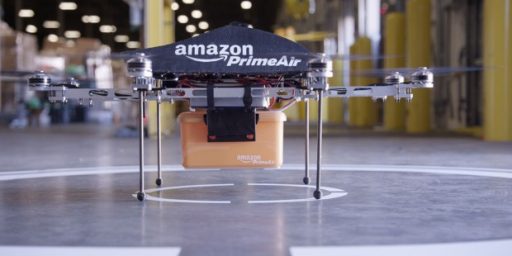
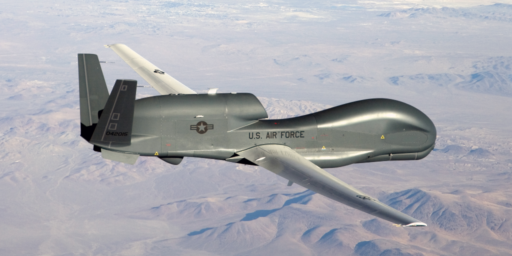
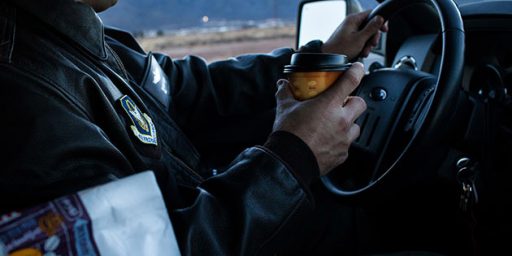
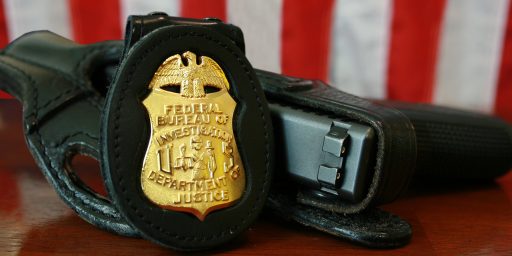
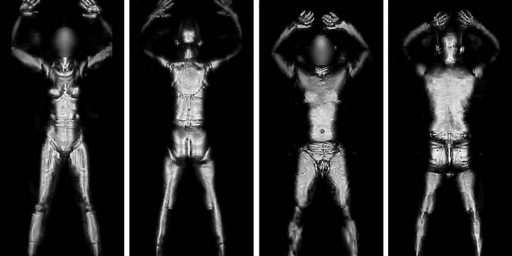
A military contractor…. Outsourcing our armed forces is among the things that surely our government should not do.
Given the facts about the contractor/pilot, one has to wonder, what regulations, if any, there are about who operates drones and what type of training they are expected to have.
This is yet another reason why many of us find the push to intergrate drones into domestic law enforcement so problematic.